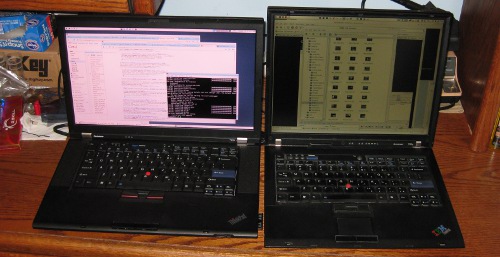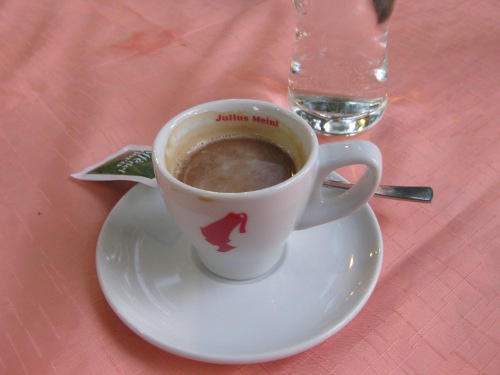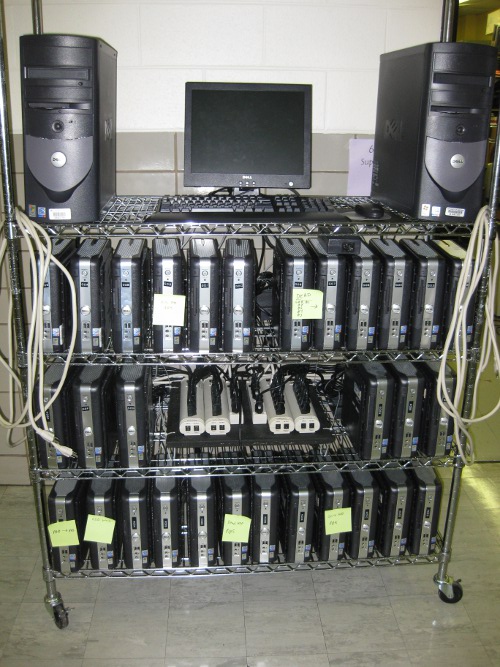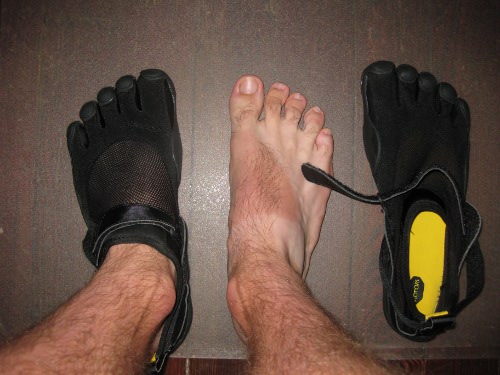
The current incarnation of my unhealthy love of computer history is a mild fascination with Myrias Research Corporation (1984-1990), precipitated by seeing some of their marketing materials (now misplaced) in my advisor’s collection of old computing ephemera after finding a reference to some of their programming tools in my research.
Myrias was, roughly, a spinoff from the University of Alberta in the early 80s, right in middle of the golden age of supercomputers*, who made moderately interesting M68k-based parallel supercomputers. What I find really interesting is their focus on programming models and tools (You know, parallel programming tools, like that thing I’m working on for my masters’ thesis…), which they built in a neat POSIX-ish (POSIXy?) environment. Also catching my interst, like many of the supercomputing vendors at the time, they had bitchin’ industrial design (Go look at Tamiko Theil’s CM-1 design for Thinking Machines for the canonical example), using chassis that appear to be enormous granite-colored corian blocks with a 45deg clip on one corner. Their major lasting impact was in their parallelizing compiler technology, of which pieces apparently still persist in several modern commercial compilers. Their software designs also seem to persist beyond their code base, in that my original interest came from noticing some striking conceptual similarities between LLVM, which I am currently working with, and the G ISA virtual machine and tools from Myrias 20some years ago.
To collect them for my reference, and for others engaged in similar clicktrances, the online resources I am aware of are:
This flickr photoset of some marketing materials from one of the original team members.
This everything2 article by the same individual.
A number of scholarly publications 1, 2, 3, 4, which are extremely informative , but not visually interesting. There are also a number of boring application (”$Pet_app on the SPS-2”) papers to be found.
I’ve also come across some, mostly passing, mentions in the computer press from the late 80s, mostly via paywalled newspaper aggregatiors.
If anyone knows where I could find pictures and/or marketing materials, particularly chassis photos of an SPS-1 and/or SPS-2, that would be amazing.
* “The golden age of supercomputing” is one of those rough consensus terms, I take it to mean from the 1960s, when technology first got small and fast enough to make serious machines, until about 1994, when less radical designs based on commodity PC hardware caught up to and mostly destroyed the market for novel machines. Of course, no one I know was involved in precipitating this transition.









